I never expected the weakest camera on my phone to become my secret weapon for creative shots. All it needed was a shift in perspective and a dash of imagination.
6
Get Closer Instead of Zooming In
Ultra-wide lenses have a way of making everything feel distant. Unlike a telephoto lens that pulls subjects closer, an ultra-wide pushes them back, making even nearby objects look smaller and farther away. It’s great for capturing wide scenes since it fits so much into the frame, but your main subject can easily get lost if it’s too far away.
To combat this effect, try physically moving closer to your subject instead of zooming in. This makes them appear larger and more prominent in the frame, while still capturing the wide scenery around them. The foreground will pop with sharp detail, and the background stretches out, adding depth and making the photo feel more immersive. Sure, you might need to crop the image later to remove any excess or unwanted bits, but it’s totally worth it for a stronger, more impactful shot.
Close-up shots do have their challenges, though. Light and shadows can be tricky, and even small movements might create shadows where you don’t want them. Try shifting your position or tilting your phone to achieve the most flattering light and a balanced composition.
5
Anchor Your Shot with Foreground Detail
Getting close is only half the story. Try placing something interesting in the foreground to make your ultra-wide shots feel more grounded and dynamic. Look for objects that fit naturally within the environment, like a leaf, a bench armrest, or even a crack in the pavement; they can act as a visual anchor if positioned thoughtfully.
Ultra-wide lenses naturally exaggerate perspective, so whatever sits closest to the lens will look bold and detailed while the rest of the scene stretches dramatically behind it.
Let’s say you’re shooting in a park. Instead of holding your phone at chest height and aiming straight ahead, kneel down and angle the camera to capture something near your feet, such as a flower or leaf. The rest of the park will expand upwards and backwards, giving the impression of vastness. That’s especially useful when the scene behind is open or minimal, like a wide lawn, pathway, or skyline.
4
Frame Tall Subjects Vertically
When you’re standing near something tall, such as a building, waterfall, or tree, flipping your phone upright can make a big difference. With an ultra-wide lens, vertical orientation stretches the scene upward rather than sideways, helping you capture the full height without cutting anything off.
Try holding the phone low and tilting it slightly upwards. The ultra-wide exaggerates vertical space, making your subject appear even taller. This perspective conveys a strong sense of scale, especially when you’re close to the base. You can fit the ground, the entire height of what you’re capturing, and even a slice of the sky above, all in one frame.
This works just as well indoors. Whether photographing an arched hallway, a high ceiling, or a chandelier, portrait orientation lets you capture both the floor and ceiling in a single shot. It’s a nice way to highlight the structure and design of a room without changing your setup.
3
Fit More Into Small or Tight Spaces
A wide-angle lens isn’t just for sweeping landscapes or towering skylines. It also works beautifully in tight spots like crowded streets, small rooms, narrow hallways, or any space where stepping back isn’t an option. Whether you’re indoors or squeezed into the back seat of a car, this lens can help you get the full picture without cutting anything out.
Unlike a standard lens, which might crop out important details, an ultra-wide lens captures the entire scene. You can show the layout of a room, fit more people into a group photo, or frame tall interiors without cutting off the ceiling. It makes shooting in cramped spaces much more convenient.
Even casual indoor shots like sitting in a café, walking down a hallway, or relaxing in your room can feel more immersive when you include the surrounding space. You’re not just photographing a person or object; you’re capturing the environment that shapes the moment.
Just watch what sneaks into the edges. With so much in the frame, it’s easy for a photo to include distractions you didn’t notice at first. Take a moment to scan the corners and clean things up before you tap the shutter.
2
Reduce Edge Distortion
Ultra-wide shots can sometimes stretch or warp the edges of your frame. Straight lines may curve, and anything near the corners, like faces, arms, or tall objects, can appear distorted. That’s just how wide-angle lenses handle space when capturing a broad scene.
To minimize this effect, keep your subject closer to the center of the frame, where distortion is less noticeable. The farther something sits in the middle, the more likely it is to bend or stretch unnaturally. Always check the corners carefully. If they look off, you can crop them out or use lens correction tools in your editing app to straighten things up.
That said, distortion isn’t always bad. Sometimes, it brings a creative twist that makes your photo stand out with a bold, stylized look. Fisheye lenses, for example, are built around this effect. Their exaggerated curves and warped edges can turn an ordinary scene into something artistic and visually striking.
1
Shoot in RAW for More Editing Control
Once you’ve got the right framing and lighting, shoot them in RAW to maximize their quality. It’s not about how the image looks on the screen, but rather what you can adjust later. Most phones default to JPEG or HEIC, which apply quick processing for polished results but limit your ability to recover highlights, adjust shadows, or tweak colors afterward.
RAW files capture everything your camera sensor sees. They’re uncompressed and lightly processed, giving you full control over exposure, white balance, sharpness, and detail. This is especially helpful in high-contrast scenes like sunsets, where different image parts may need separate adjustments.
Most phones hide RAW mode in the Pro or Manual settings, and it’s usually off by default. On Samsung Galaxy devices, you won’t find it in the regular camera app. Instead, go to More > EXPERT RAW and download it from the Galaxy App Store. Once installed, you can shoot in RAW with ultra-wide, wide, and telephoto lenses.
Remember, RAW files are larger and need editing in apps like Lightroom, Snapseed, or Samsung’s photo editor. They’re not for quick social media sharing but for refining your images without losing quality.
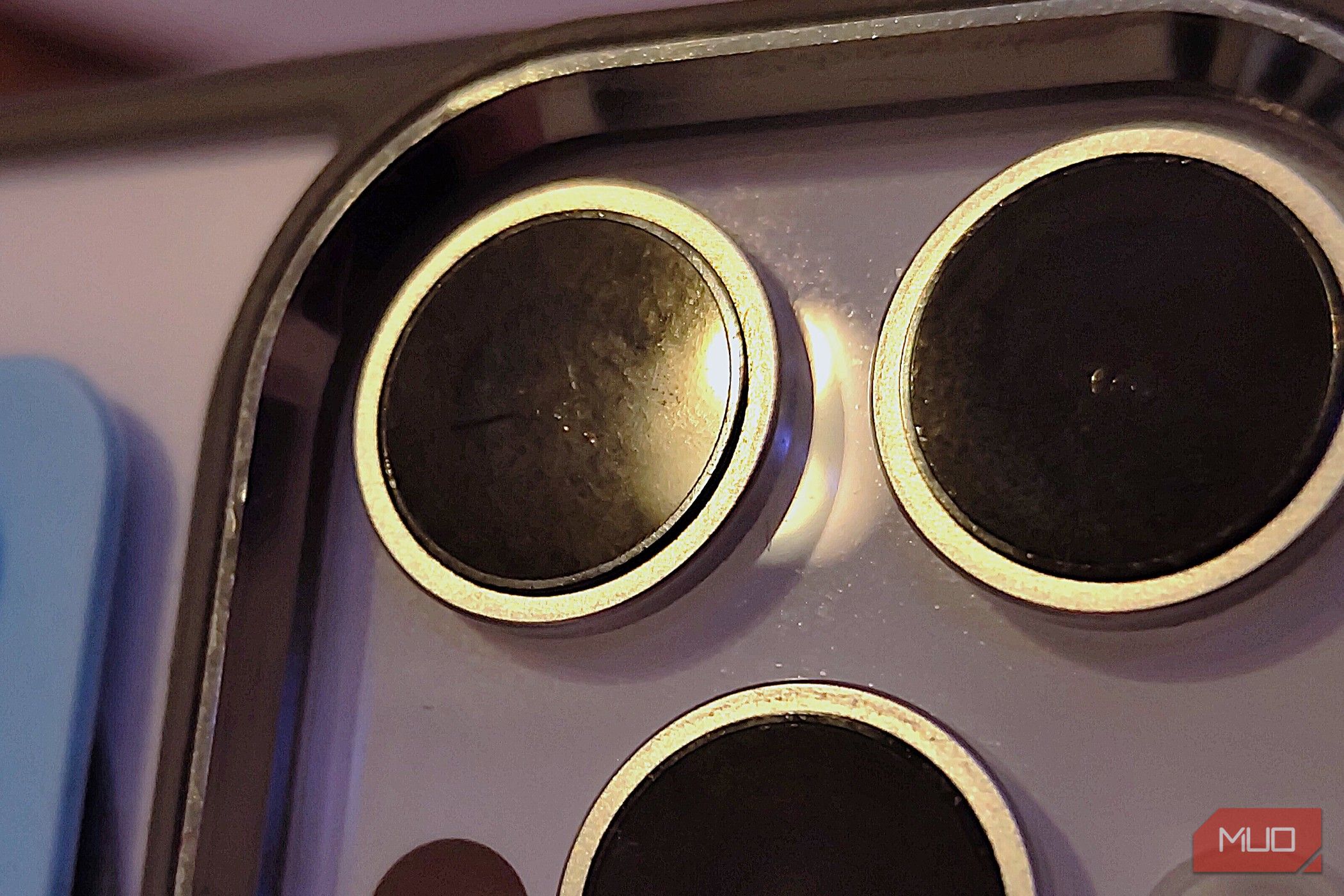
Related
Your Phone Camera Isn’t Bad—It’s Just Dirty
This simple trick does more than any filter or “AI enhancer.”
Beyond these core techniques, a few small habits will help you level up your photography: use gridlines to frame your photos more accurately, keep your lens clean to avoid haze and edge softness, and be aware of your surroundings. Ultra-wide cameras typically use small sensors with slow apertures, which struggle in low-light conditions.
You’ll get the best results during the day or in evenly lit areas, when the lens can capture more detail and contrast without adding noise. The ultra-wide lens isn’t just for squeezing more into the frame. It’s a creative tool, and with some practice, you’ll spot new angles, shapes, and perspectives in places you’d normally overlook.


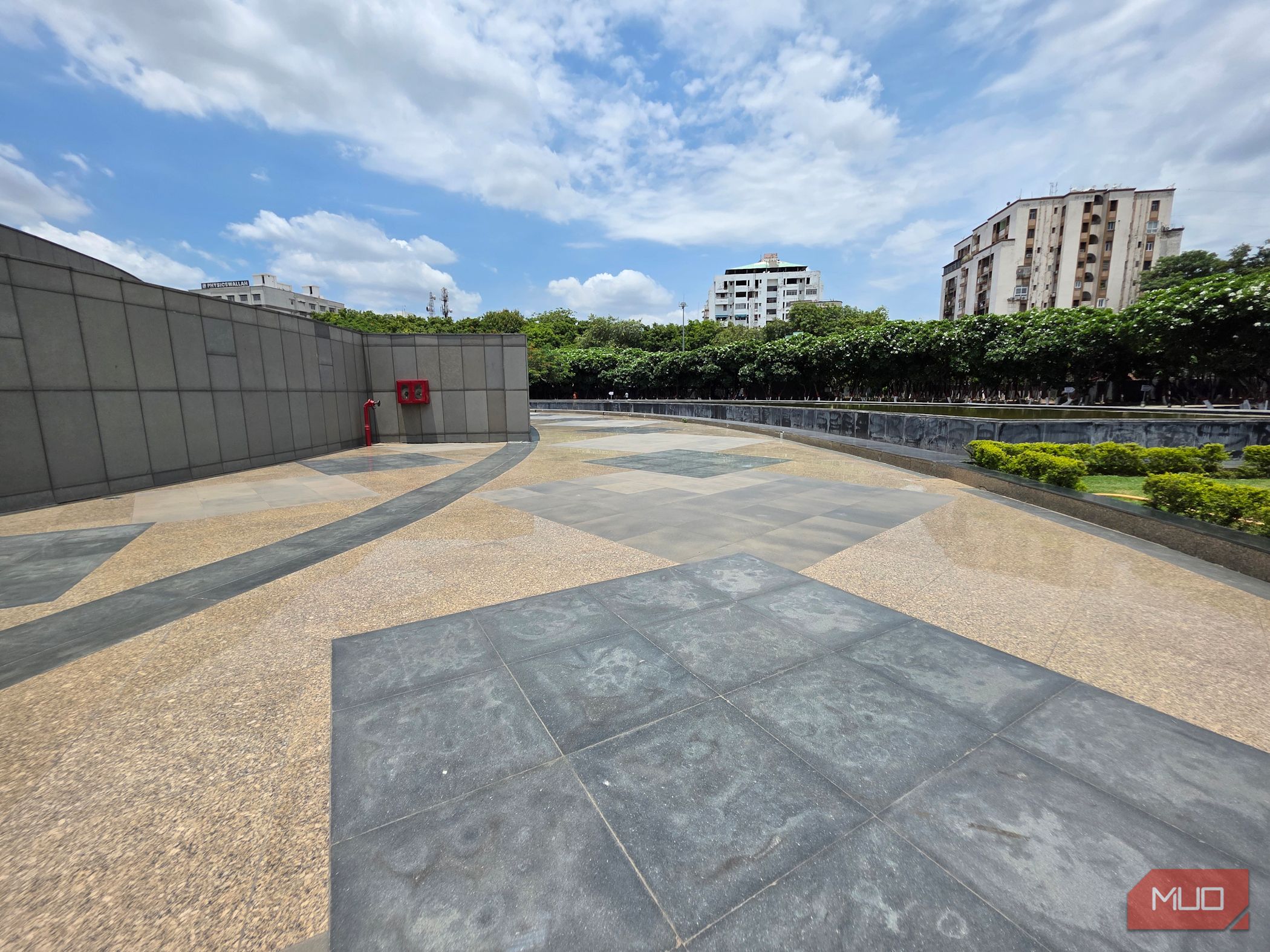
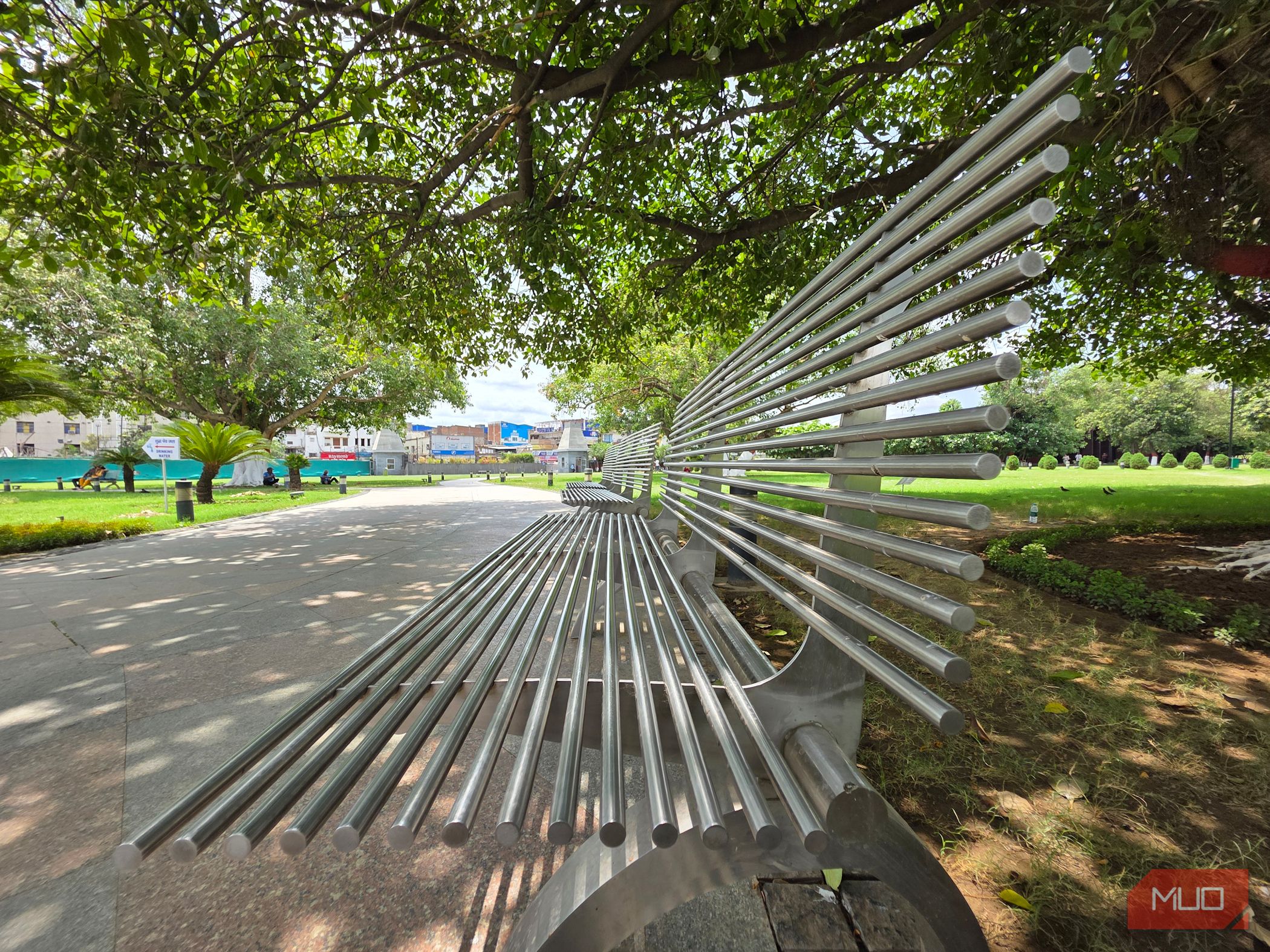
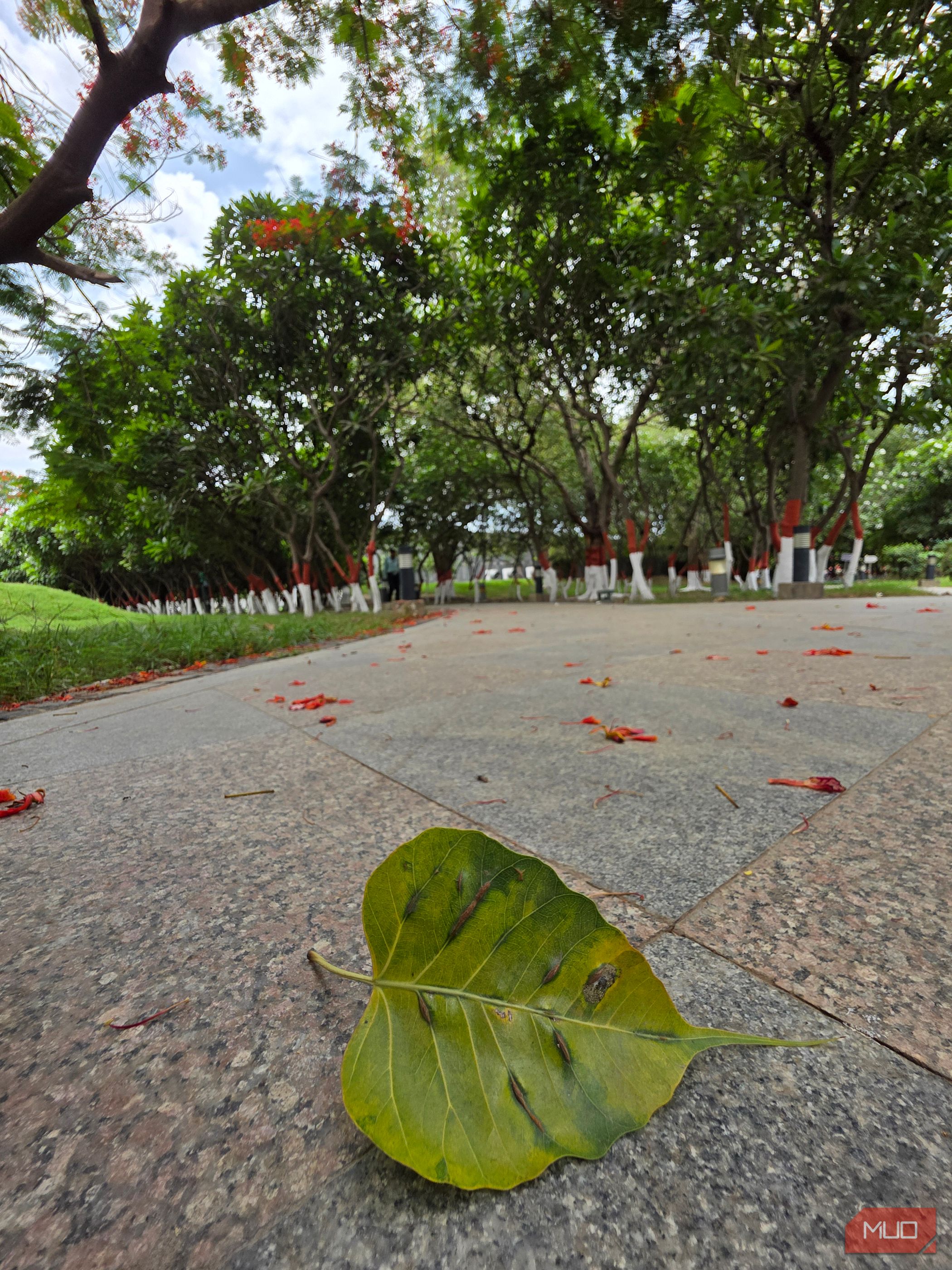
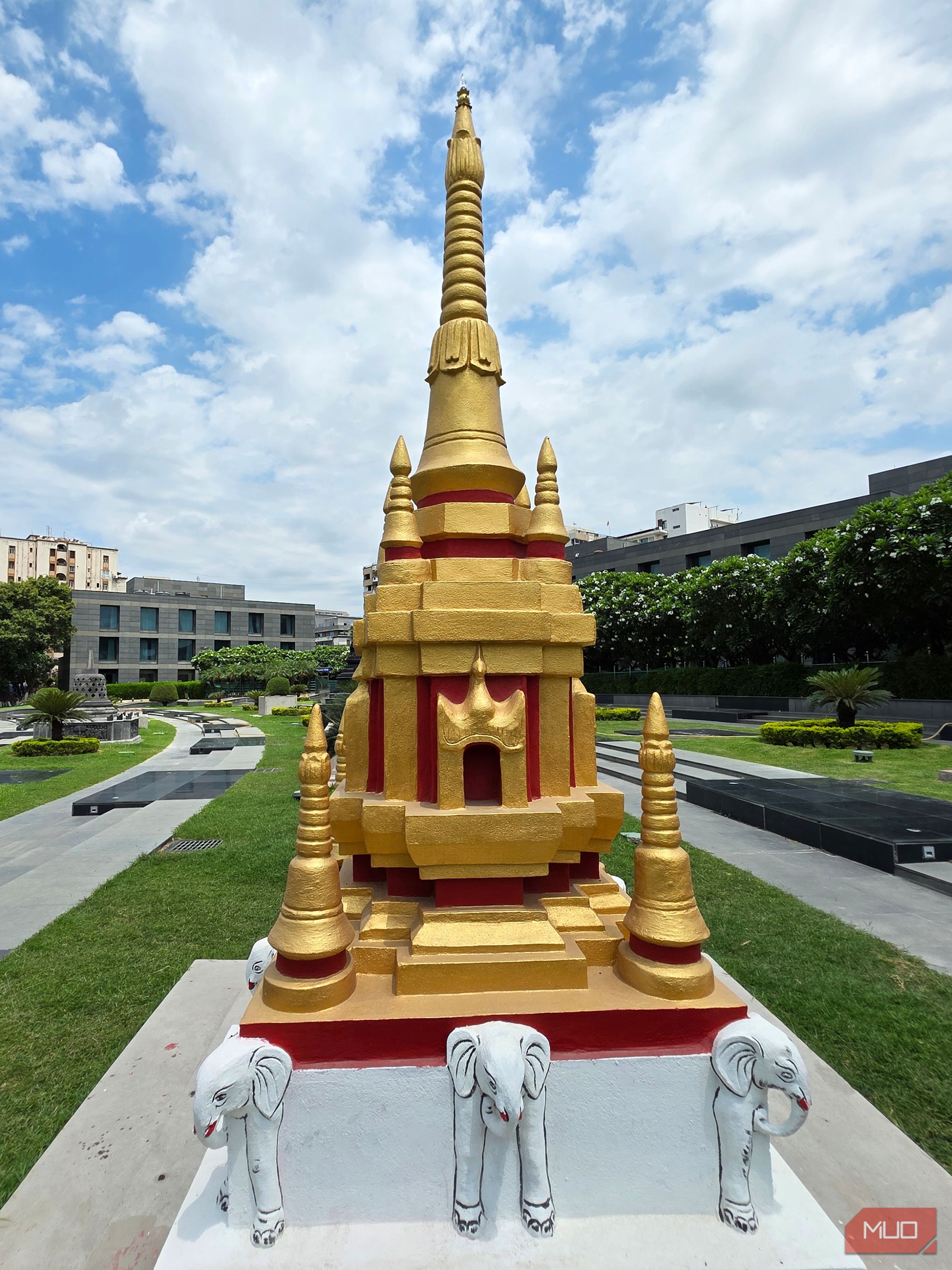
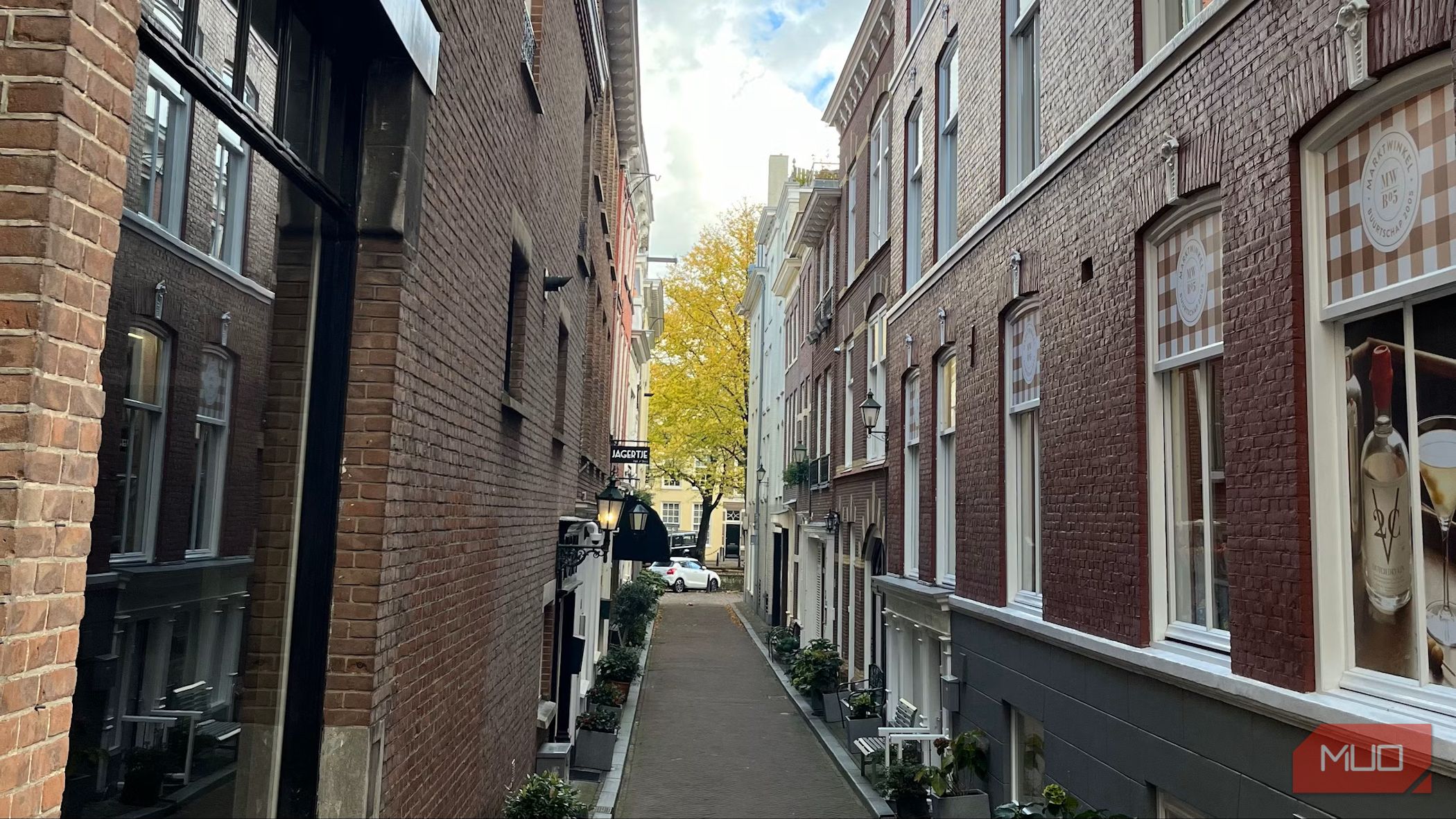
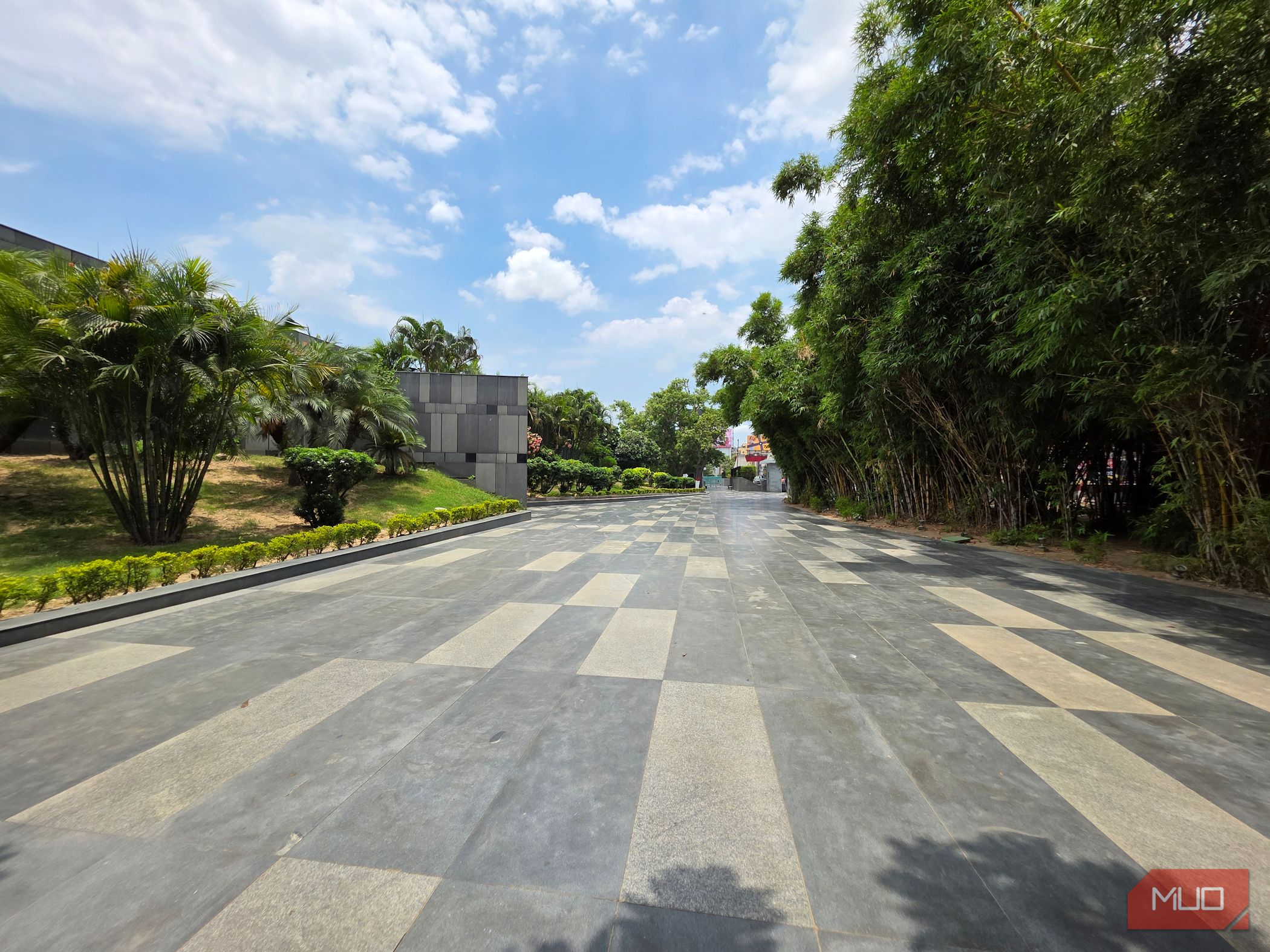
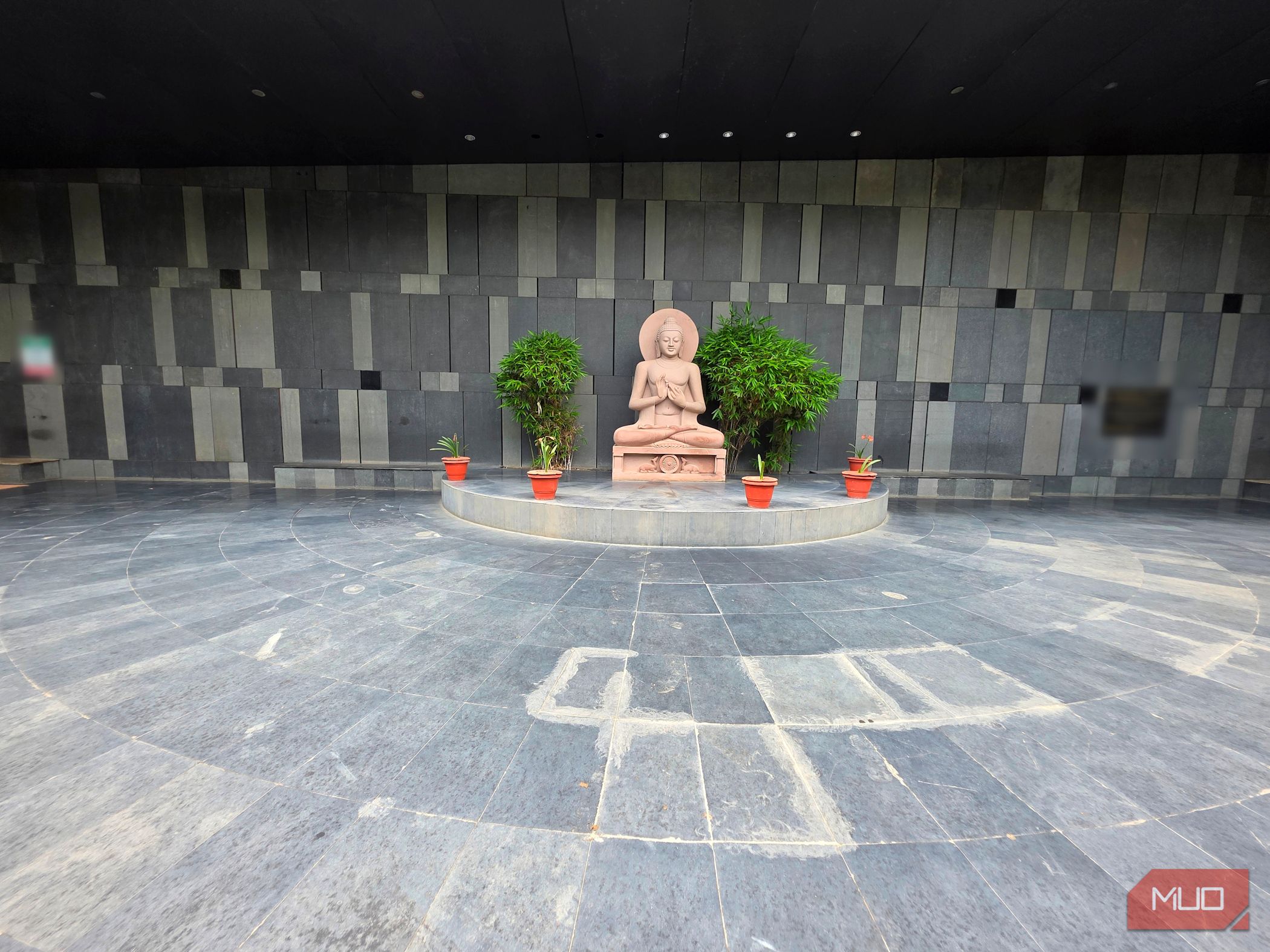
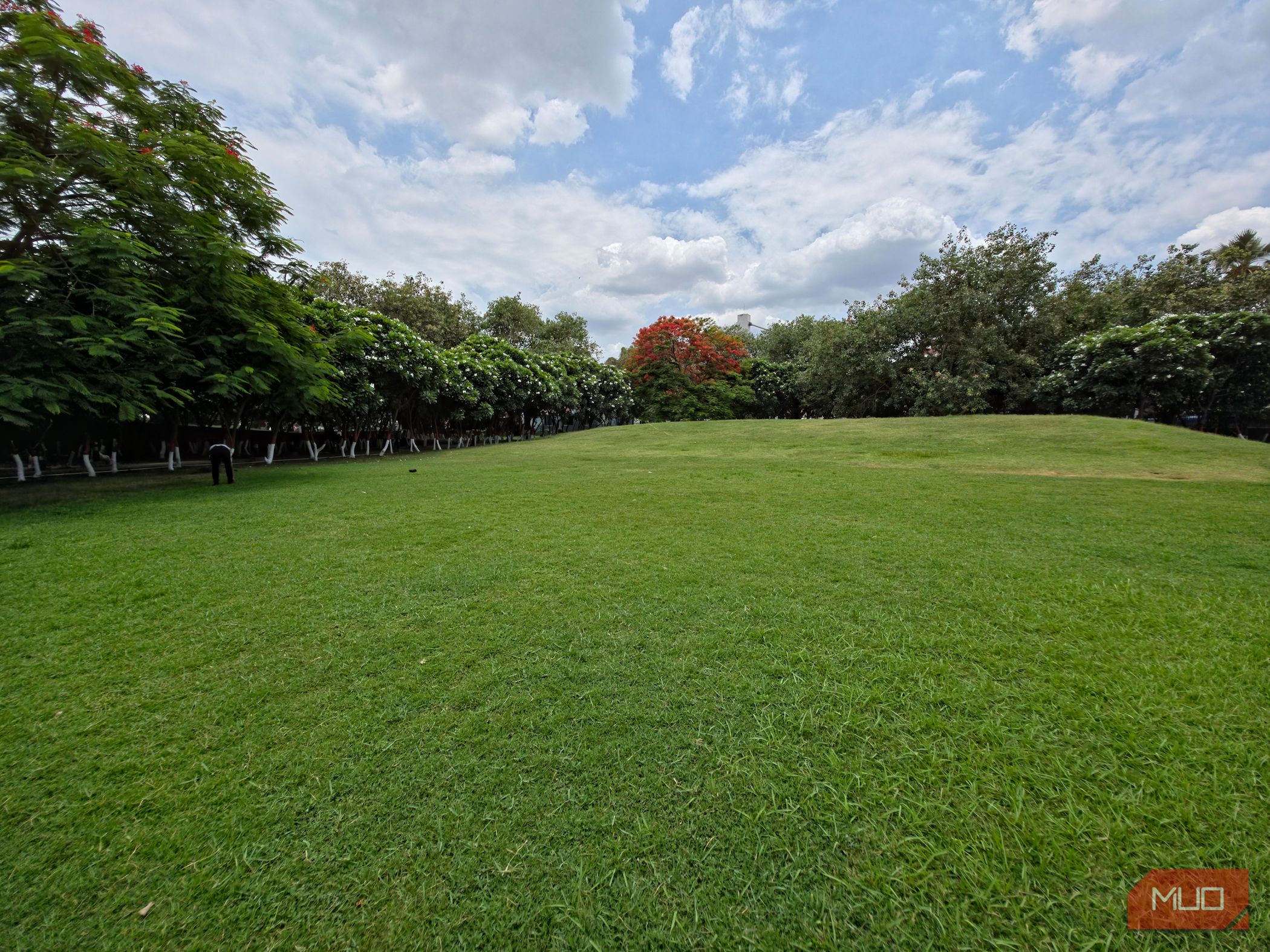





Leave a Comment
Your email address will not be published. Required fields are marked *